Many but not strong
The story of Dong Che Vegetable and Flower Cooperative (Hoanh Bo Ward) is a typical example. Established more than 15 years ago, this cooperative has contributed to creating a brand for the Dong Che flower and vegetable growing area. However, after all this time, the cooperative still does not have its own office, has no production links, does not organize product consumption or logistics services for its members. The State has supported the construction of internal roads, greenhouses, and the provision of seedlings... but all of this has only stopped at expectations, not enough to create a truly cohesive economic organization.
Ms. Vu Thi Huong, Deputy Director of Dong Che Vegetable and Flower Cooperative, said: The members of the cooperative mainly produce and consume by themselves. The remaining common activities of the collective are regular meetings twice a year to discuss flower varieties and how to prevent pests and diseases for flowers to produce in time for Tet.
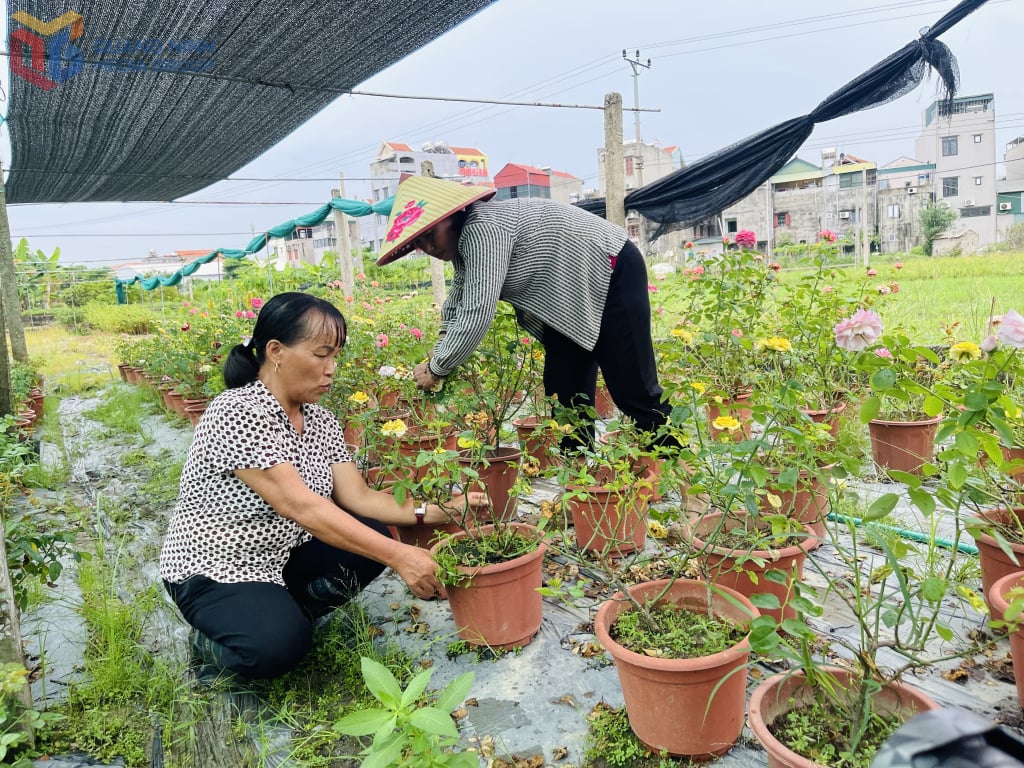
A similar situation also occurred at Ha Tan Agricultural Service Cooperative (Ha Tu Ward). Established in 1992, the cooperative used to have strengths in safe vegetable production, but now it is facing many difficulties. Rapid urbanization and prolonged "suspended" planning have caused the cooperative's cultivated area to increasingly shrink.
“Small-scale production is not enough to meet large orders, making it almost impossible to invest in improving production. The inevitable result is that members’ income is unstable even though we are still working in the right direction of clean agricultural production and ensuring food safety,” said Mr. Le Van Xuan, Director of Ha Tan Agricultural Service Cooperative.
The above examples are just a small slice of the overall picture of hundreds of cooperatives in the province today. According to the report of the Provincial Cooperative Union, although the cooperative workforce accounts for nearly 11% of the province's total workforce (equivalent to 74,000 people), the operating efficiency is still not commensurate. The average revenue of a cooperative is only 870 million VND/year, the profit is about 300 million VND, the average income of a member is 5.6 million VND/month, much lower than the average income of the whole province. Notably, the whole province has up to 377 cooperatives that have stopped operating, are waiting for dissolution or have not yet started operating. Of the 710 cooperatives currently operating, only 230 cooperatives are doing well in production and business, accounting for 32.4%; the rest are mainly operating at a low level.
Removing the bottleneck holding back the collective economy
In reality, it is known that the main cause of this situation comes from the small-scale organizational model, lack of financial resources and lack of stable production space. Less than 5% of cooperatives are granted land for headquarters; most are operating in members' private homes or temporarily rented. In addition to internal limitations, inadequacies in policies and implementation are also the cause.
In the 10 groups of policies supporting cooperatives stated in the Action Program No. 22-CTr/TU of the Provincial Party Committee, many policies have not been effectively implemented or lack specificity for the collective economic sector. Credit policies are still limited, there is no provincial-level cooperative development support fund. Loan conditions through policy banks are not really attractive. Another problem is that state management and support for cooperatives still lack consistency. From business registration to monitoring, evaluation, management, supervision... are all dispersed among departments, branches, and localities.

According to Chairman of the Provincial Cooperative Union Ngo Tat Thang, as a standing agency advising and supporting the development of the collective economy, the Cooperative Union is also working with relevant agencies to focus on many specific solutions: Strengthening and perfecting the cooperative management apparatus; clearly defining resources, capital structure and investment structure; strengthening financial management, transparent accounting and proposing risk insurance policies for the agricultural sector.
Along with that, it is necessary to promote digital transformation, complete a common database for more effective management; synchronously apply technical standards in production, especially for marine aquaculture infrastructure; issue codes for planting and farming areas; reorganize the input supply chain such as seeds, feed, disease prevention in a centralized direction...
Along with the efforts of the authorities in perfecting the mechanism, supporting capital, land, science and technology and management training, the most important thing is still the proactive change from within each cooperative: Substantial cooperation, close connection, application of technical advances and market orientation. At that time, having many cooperatives will not only be statistical numbers, but will become a solid foundation for the economy of households, farmers, fishermen and small traders, contributing to promoting a green, circular and sustainable economy.
Source: https://baoquangninh.vn/phat-trien-htx-can-ca-so-luong-va-chat-luong-3371859.html




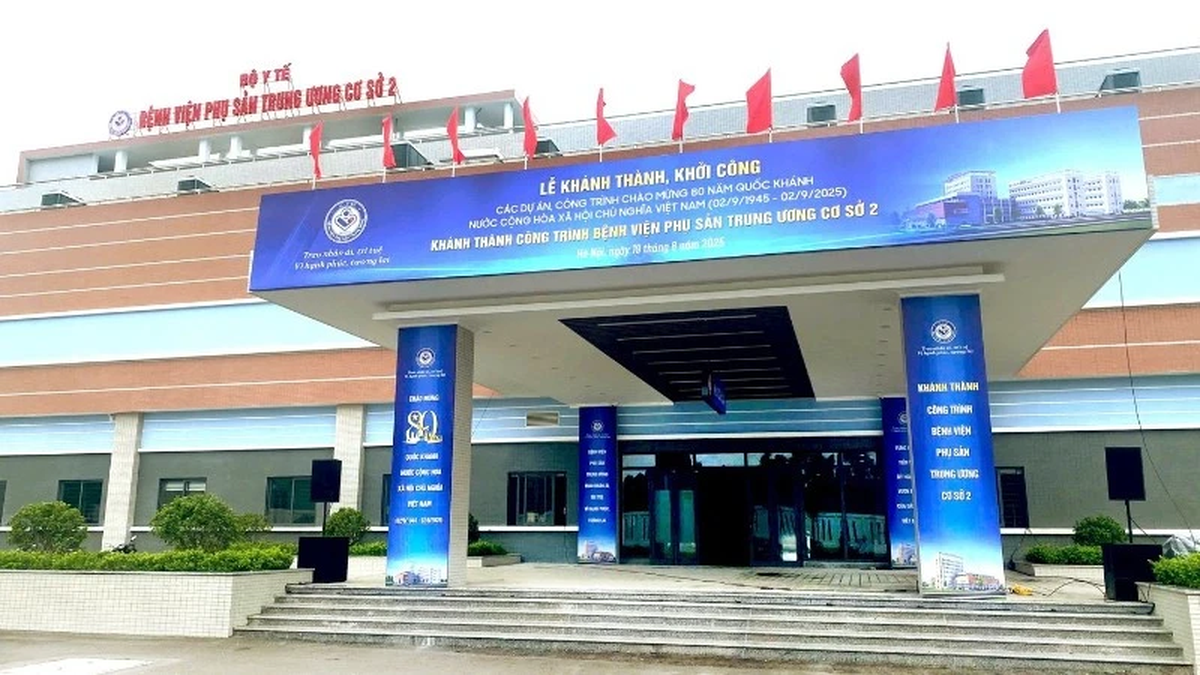






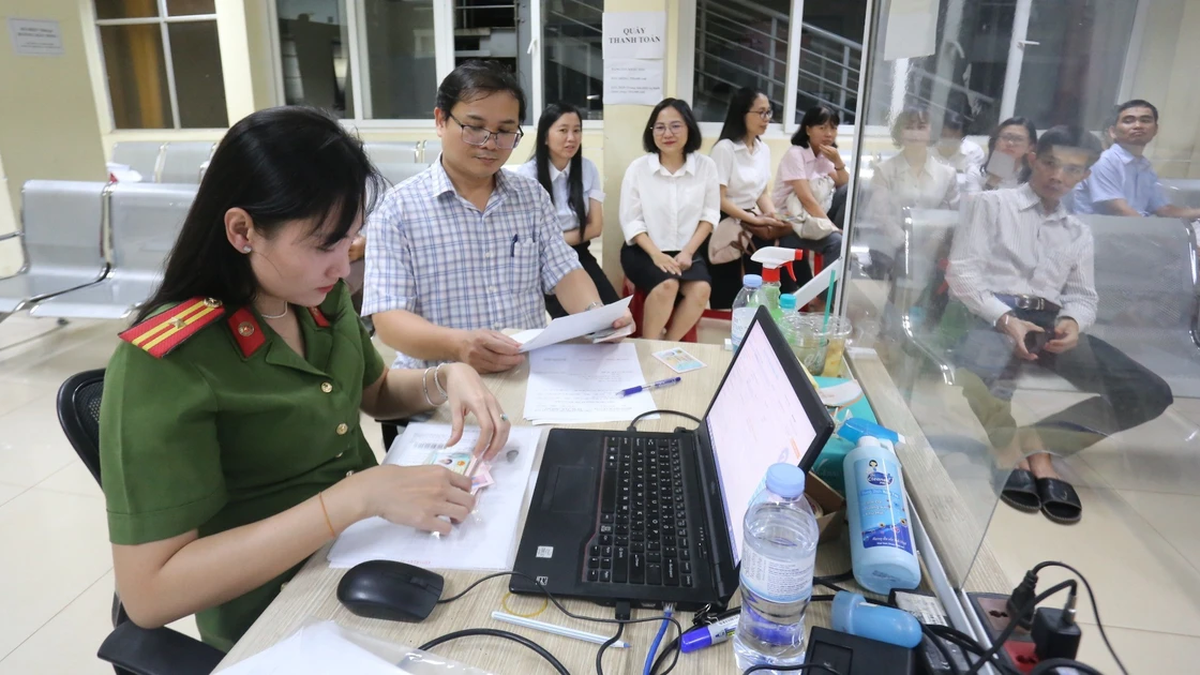











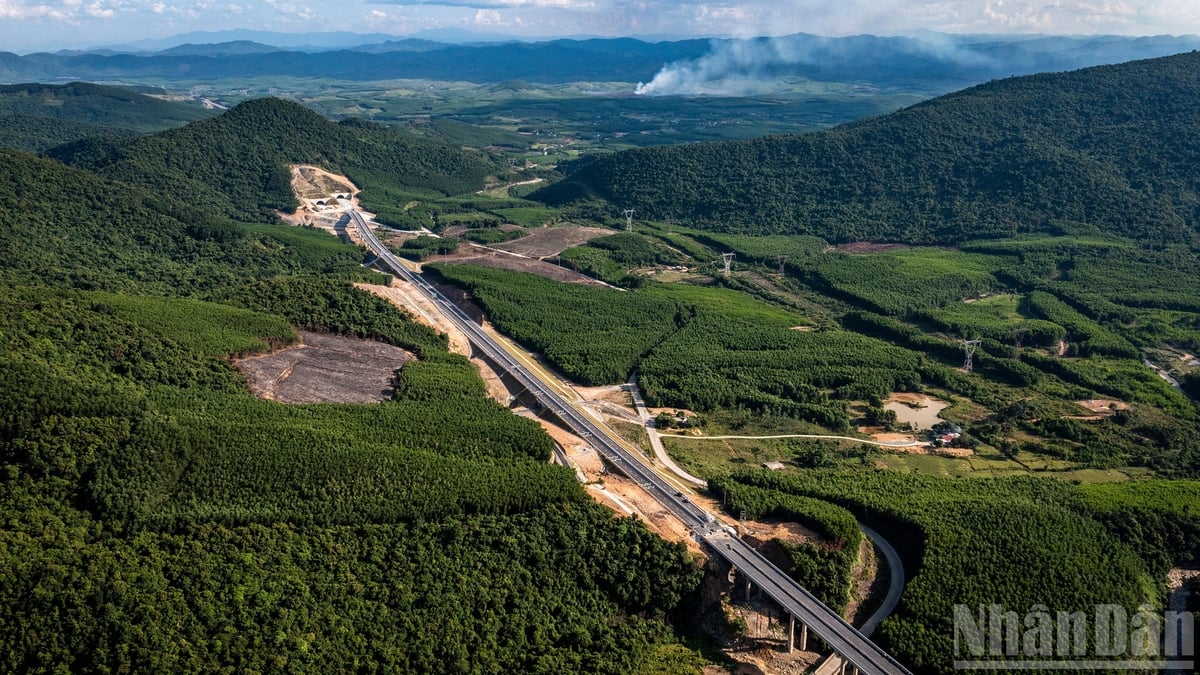




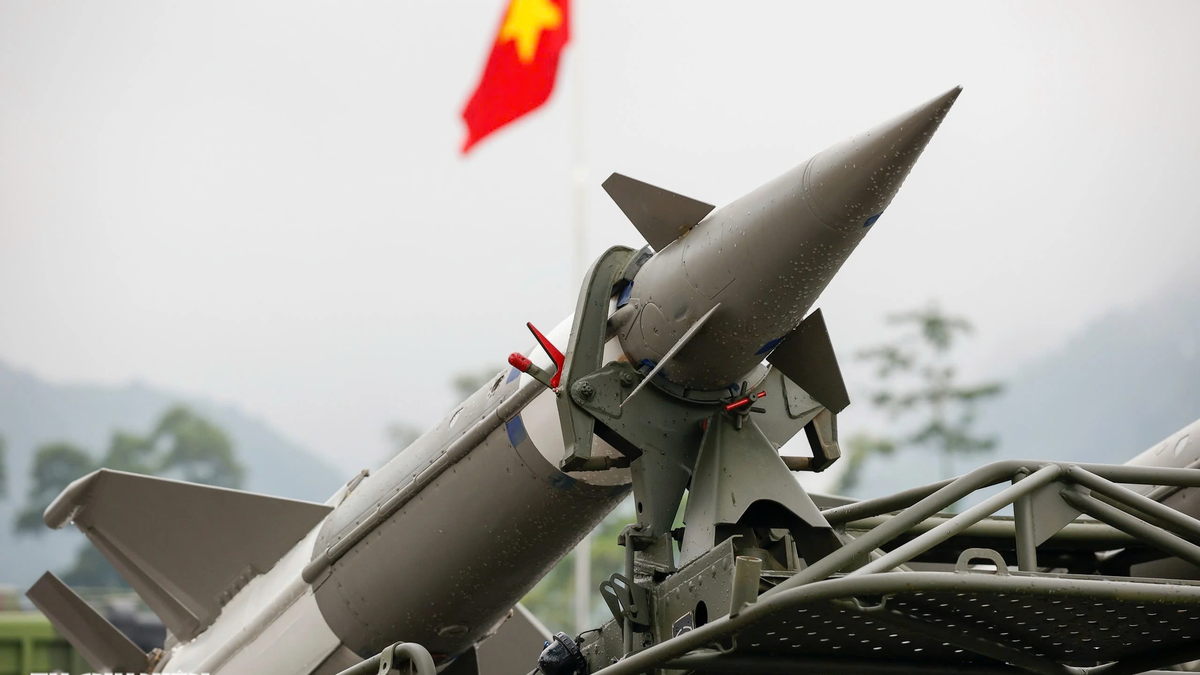


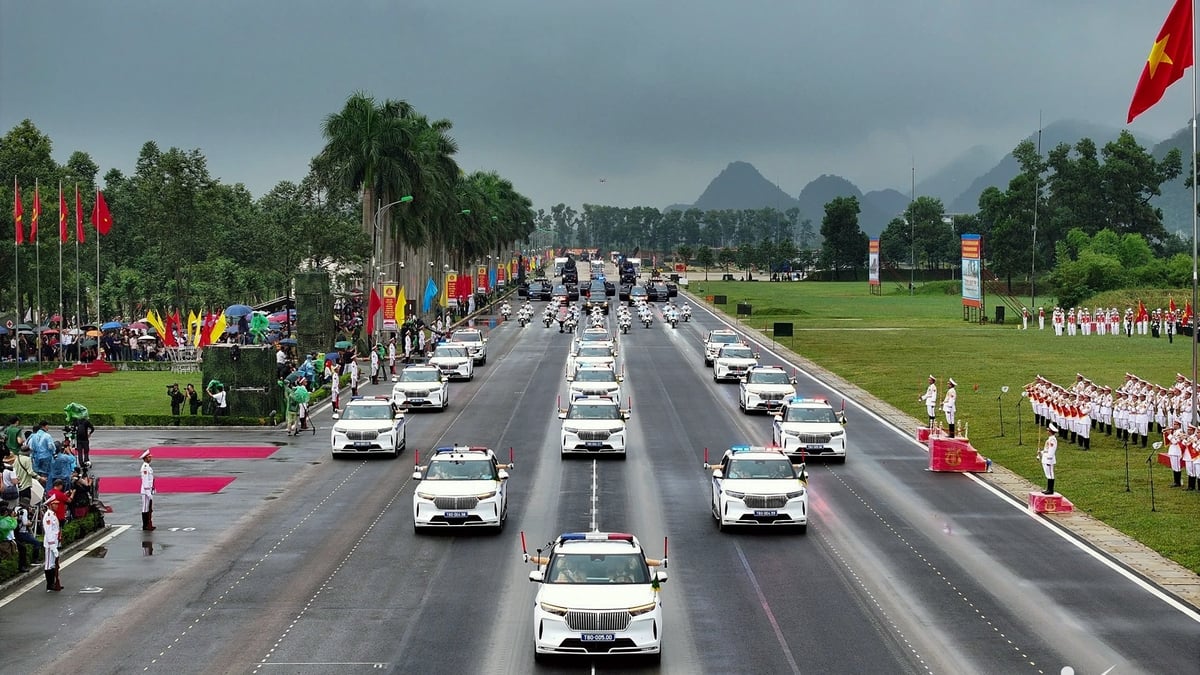































































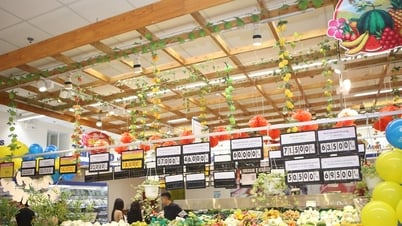





Comment (0)